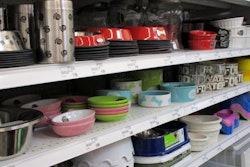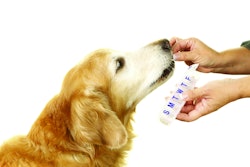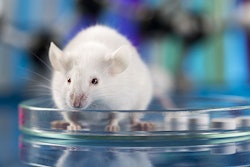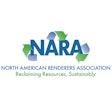
TC Transcontinental Packaging introduces its ASTRA Center, the Art, Science, and Technology Research and Applications Center, based in Menasha, Wisconsin, USA and the result of several months of work. This 12,200 square-foot facility helps enable the company to innovate and identify sustainable solutions for its customers. It is home to a team of more than 20 engineers who are the driving force behind every challenge solved and innovation created for its customers.
“Over the past years, we have aligned our investments and strategy to meet our customers objectives and goals,” said Alex Hayden, Senior Vice President, R&D, Innovation and Sustainability. “The ASTRA Center is at the core of our operations to drive growth and innovation and be the sustainability partner to our customers. The many tests, instruments, and technology available to us provide enhanced product development knowledge through the entire process of flexible plastic packaging design, allowing the development of innovative films for sustainability, e-commerce, and more.”
Four different R&D labs and a team of sustainability gurus, brand owners and retailers can benefit from a deep expertise in compostable, recyclable, and recycled content packaging, increased speed to market from concept to commercialization, optimized solutions for performance and cost, and turnkey packaging solutions.
The Analytical and Testing Services Lab performs physical testing to simulate real life use of the package from filling to transportation and distribution. It measures shelf life and consumer end use with analytical testing to develop molecular structures that meet the packaging functionality requirements throughout its entire life cycle.
The Applications and Packaging Development Lab is equipped with a 9-layer blown extrusion line which allows designed experiments and optimization of film formulations. The lab includes FFS machinery to perform production-scale customer prototypes. This FFS testing is designed to gain insights on how films will perform, avoid any surprises on customers’ equipment, and ensure packaging performance and efficiency once the development stage is completed.
The Advanced Compost Lab is fully integrated with the R&D team’s expertise and knowledge to develop the next generation of packaging and improve the turnaround time and cost for certifying compostable packaging. The lab is accredited, under independent auditing, to conform to ISO 17025 and is equipped to test and meet ASTM 6400 standards for compostable packaging.
The Recycling Technology Lab, expected to be fully operational in 2022, will complete the R&D suite of expertise with an in-house recyclability assessment lab. The lab will measure each aspect of a package designed for industry accepted criteria, to ensure that it is truly recycling compatible, per the design guidelines available in the industry. The lab will include an extruder, a recycled plastic pelletizer, and will allow the team to analyze post-consumer resin, waste source, and gel count for better results and package performance.
Read more about TC Transcontinental Packaging’s sustainability efforts
Collaboration vs. competition in pet food sustainability
Heather Acuff, a third-year Ph.D. student at Kansas City University, believes collaboration is essential in establishing such a library of data and standardizing application of tools like LCA. Her co-speaker during the webinar, Rebecca Casey, senior vice president of marketing and strategy for TC Transcontinental Packaging, also stressed the necessity for collaboration and explained how her company partners with several non-profit organizations and associations on its quest to create and encourage sustainable pet food packaging. These entities are quintessential examples of collaboration that are able to attract competitors and encourage them to work together, just as PFI, AFIA and others did with FDA to create new pet food safety protocols.














